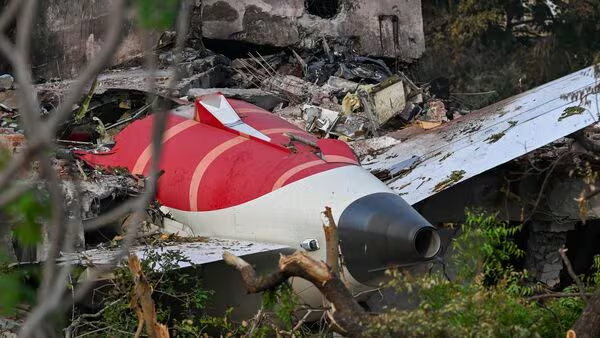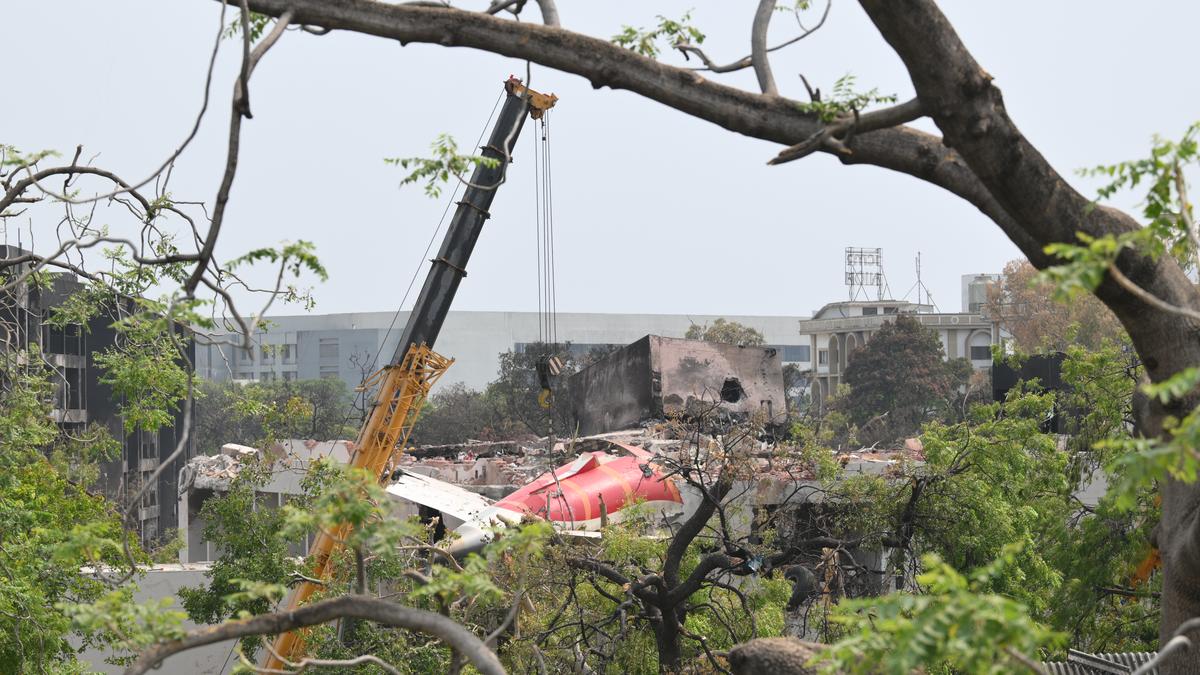Air India plane crash probe has entered a critical phase, with officials examining every possible angle—from rare dual-engine failure to potential sabotage. On June 12, 2025, Air India Flight AI‑171, a Boeing 787‑8 Dreamliner en route to London, crashed just minutes after takeoff from Ahmedabad. The Air India plane crash resulted in 260 fatalities, including 241 onboard and 19 people on the ground. Only one person survived, making it one of India’s most catastrophic aviation tragedies.
The Aircraft Accident Investigation Bureau (AAIB), supported by the U.S. National Transportation Safety Board (NTSB), immediately launched a deep dive into the Air India plane crash. Their mission: to find the truth and prevent such a tragedy from ever repeating.
Steering the Investigation: Minister Murlidhar Mohol’s Key Statements
Union Minister of State for Civil Aviation, Murlidhar Mohol, has repeatedly emphasized that the Air India plane crash is being investigated from every possible angle. In recent statements, he underlined five key developments shaping the probe.
First, Mohol confirmed that no angle is being overlooked. Authorities are scrutinizing security footage, crew behavior, airport surveillance, and technical protocols. Sabotage is not being ruled out.
Second, contrary to rumors, the black boxes—Cockpit Voice Recorder (CVR) and Flight Data Recorder (FDR)—are being analyzed domestically. The new ₹9 crore AAIB lab in Delhi is handling the data recovery, ensuring sovereignty over the investigation.
Third, the Air India plane crash is considered a rare aviation event. Both engines failed simultaneously—something Mohol says has “never happened before” in Indian commercial flight history.
Fourth, a 30-day preliminary report is expected, in line with ICAO guidelines. A full report may take up to a year, but this early release will highlight core technical findings.
Fifth, Mohol revealed that Indian and U.S. engineers are working together, but all decoding of the black box is being done in India to maintain transparency.
Possible Causal Paths Under Review
Several theories are being thoroughly examined in the Air India plane crash probe.
The most likely is a technical or system failure. Investigators are looking at thrust loss, fuel contamination, flap issues, and emergency RAT deployment—which could signal total power loss.
Another concern is the rare dual engine out scenario. With both engines shutting down mid-air, experts suspect shared vulnerabilities—possibly in fuel supply systems or electronic control modules.
Sabotage remains on the table. Authorities are rechecking passenger data, airport CCTV, and ground handling logs from the last 30 days. Mohol confirmed sabotage is one angle being seriously investigated.
Human or procedural errors are also under the microscope. Early Mayday signals suggest pilots were blindsided. Communication between pilots and air traffic control is being decoded for signs of misjudgment or delayed response.

Environmental factors like bird strikes, weather conditions, or runway debris are being reviewed but are currently seen as secondary causes in the Air India plane crash.
Infrastructure & Oversight Measures
In response to the Air India plane crash, the Directorate General of Civil Aviation (DGCA) has inspected all 33 Boeing 787 aircraft in the Air India fleet. No major red flags have been found so far in 26 completed checks.
AAIB’s Delhi-based forensic lab was recently inaugurated, ensuring India can now independently process flight recorder data—a major boost to self-reliant aviation safety.
Minister Mohol also highlighted DGCA staffing improvements and pilot safety briefings being rolled out across private airlines.
To restore public confidence after the Air India plane crash, airport infrastructure is being improved. New Udaan Yatri Cafes and regular safety certifications are part of this initiative.
Transparency & Global Collaboration
Initially, ICAO’s offer to appoint an international observer was denied, leading to some criticism. But India later agreed to include an ICAO observer in the Air India plane crash probe to boost international credibility.
AAIB has formed a multi-disciplinary team of Indian aviation specialists, medical examiners, and U.S.-based experts. However, delays in assigning a final lead investigator have raised transparency concerns.
Outlook & Next Steps
Within 30 days, the public will receive a preliminary AAIB report outlining the early findings of the Air India plane crash probe. Was it sabotage, mechanical breakdown, or human failure? The truth will begin to emerge soon.
Until then, safety checks, policy reforms, and public engagement will remain key. Minister Mohol has assured that if flaws are found in procedures or systems, they will be corrected to prevent future disasters like the Air India plane crash.
Ahmedabad Plane Crash: SDRF-ASP Reveals How Rescuers Entered Fire with Wet Cloths to Lift Bodies


[…] Air India Plane Crash Probe: 5 Key Shocking Developments […]